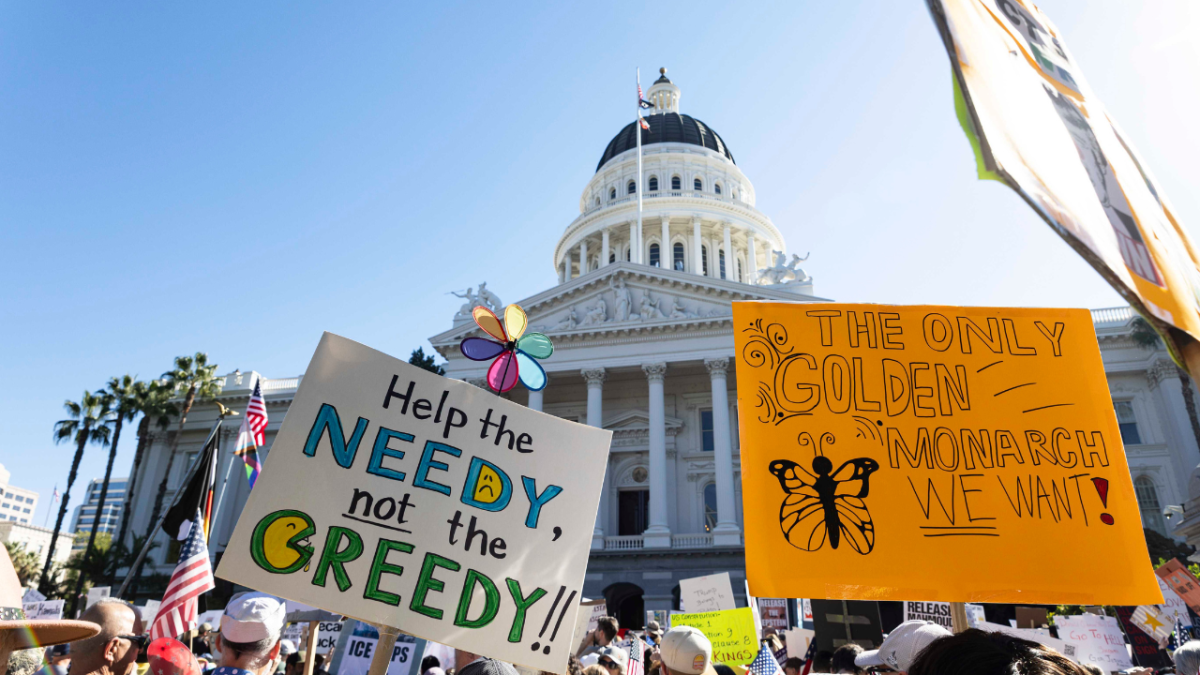PSY helps promote korean music
September 26, 2012
Get ready to dress classy and dance cheesy for a long time.
PSY, whose real name is Park Jae-Sang, has taken the U.S. by storm with his horse-like dancing and his eccentric antics in his catchy music video “Gangnam Style” which is the most viewed video on YouTube with 257 million views. He appeared at the MTV Video Music awards, the Today Show and recently Saturday Night Live. He has even signed a contract with Scooter Braun, Justin Bieber’s manager.
PSY and artists like him are the start of a phenomenon. It’s time for Korean pop to be present in the American music scene.
Before PSY, K-pop was under the radar in the U.S. There have been several K-pop artists who have tried and failed to break into the U.S. music industry. For example, the Wonder Girls, a five member girl group, who made a TV movie for Teen Nick and collaborated with American rapper Akon, remain relatively unknown in the U.S.
K-pop concerts and shows occur in the U.S., but aren’t promoted like those in Korea. The only way to experience K-pop is through social media like Facebook, Twitter and YouTube.
K-pop is similar to music of the late 90s and early 2000s in the U.S. when pop boy bands like the Backstreet Boys and Nsync were huge. The only difference now is the language and how many members K-pop bands have.
K-Pop’s sound is hard to describe with words. The beat and mood change between songs and albums. However, all K-pop songs share a common ability to make listeners want to break into spontaneous, if sometimes ridiculous, dance. Add the somewhat random and vibrant images in their music videos and the phenomenon that is K-pop is complete.
G-Dragon, member of the K-pop band Big Bang, recently released a music video called “Crayon,” in which his appearance changes like a chameleon, and he dresses like a woman.
Erratic behavior like G-Dragon’s has come to define K-pop making it popular in not only South Korea but China, Japan, Singapore, Thailand, Australia and the Philippines. Despite its popularity, it is just now making its way to the U.S.
American should expand their musical horizons like they did with Latin American artists Shakira and Selena. Shakira made Latina music mainstream in the U.S. with her Spanish language hit “La Tortura.” The same can be said with Selena. Her songs are popular despite most of them being in Spanish.
“A good thing about that song (Gangham Style) being popular right now, is it just shows how much fun you can have with a song. It doesn’t have to be super serious and it can be in another language and people would still enjoy it because music is supposed to (make people want to come together),” said Charlene Bondoc, senior kinesiology major.
More accessibility to this kind of music needs to be presented to Americans. For example, American radio stations could play K-pop songs by artists other than PSY. Cable providers should not charge extra to have channels from around the world. Dish Network provides mainstream Latino programing, so why not add some Asian channels into the mix?
K-pop should be enjoyed more in the U.S. Language and location shouldn’t be impediments to its music making an impact on American culture. Listening to K-pop is like traveling to another country and not being able to understand the language, but having a good time anyway.
Elizabeth can be reached at: [email protected]



























































































































